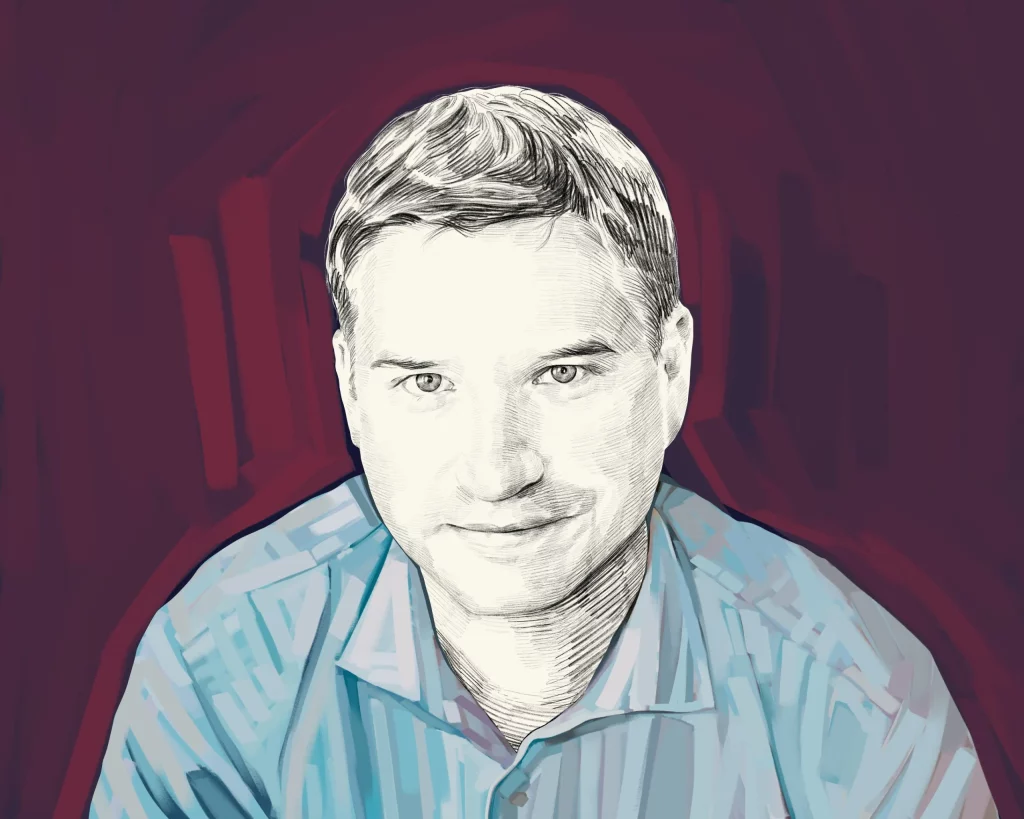The digital realm is our modern-day canvas, where we each paint our own stories and curate content to reflect aspects of our identity. As we move through virtual worlds, every move we make online, from posting to liking, shapes our wider self-image in the eyes of the digital world.
Storytelling in the age of streaming
Think of YouTube as a stage for modern storytellers like Marques Brownlee to broadcast tales woven from personal experiences, insights and creativity. He is a sharer of high-quality videos of experiences with digital products. He currently has 17.8 million followers on the YouTube platform. Not only are they content creators, but they are also the architects of their own personal brands, fostering communities around shared interests and authentic engagement.

Twitter is also a great platform to showcase yourself – where the professional and personal are often intertwined in real-time dialogue. Opinion leaders, experts, and even newbies exchange ideas, share knowledge, and engage in industry banter, creating an image that blends expertise with personal insight. Twitter is highly inclusive, and while in some ways this is not a proper advantage, it promotes the development of a diversity of avatars for social media users.
The psychology of engagement: the ‘like’ effect

Image from https://www.shutterstock.com/blog/wp-content/uploads/sites/5/2021/04/Social-Cover-1.jpg?w=960&h=600&crop=1
The science behind social media tells us that our brains respond to appreciation from strangers by sending the same pleasurable signals as they do in real-life interactions. This virtual affirmation affects our behaviour and self-perception. Still, then again, more appreciation can be gained on an interactive platform like social media than in the real world, which gives a greater sense of achievement than the affirmation that our friends around us have for us. That’s why many of us who use social media prefer to run our virtual image rather than our real identity.
The two sides of the virtual image
In this case, using social media correctly is crucial. Advocates like Cal Newport promote the philosophy of ‘digital minimalism’, which encourages us to be selective in using technology for our life’s purpose rather than letting it dominate our daily existence. We also see many people around us becoming what people call “deviants” because of their over-indulgence in online avatars.

Image from https://i0.wp.com/tim.blog/wp-content/uploads/2022/02/Cal-Newport-Illustration-scaled.jpeg?fit=2560%2C2048&ssl=1
Weaving the Web of Self
As we project our lives onto platforms such as YouTube and Twitter, we can take inspiration from creators and advocates such as Marques Brownlee. They prove that it is possible to maintain a narrative that aligns with our multifaceted nature. Our goal should be to intertwine our online presence with our true selves to create a digital tapestry that accurately represents our unique stories and values.


Hi, Hankun! After reading your blog, I would like to ask what should you do if the virtual image you create on social media is criticized instead of being appreciated?
“This article deftly explores the role of digital platforms such as YouTube and Twitter in shaping personal identity, using Marques Brownlee as an example of how content creators can be the architects of their own personal brands, fostering community around the common good while also acknowledging the need to use caution and referencing experts such as Cal Newport and other experts to provide a balanced view.”